Jupiter: Unraveling the Mysteries of the Gas Giant
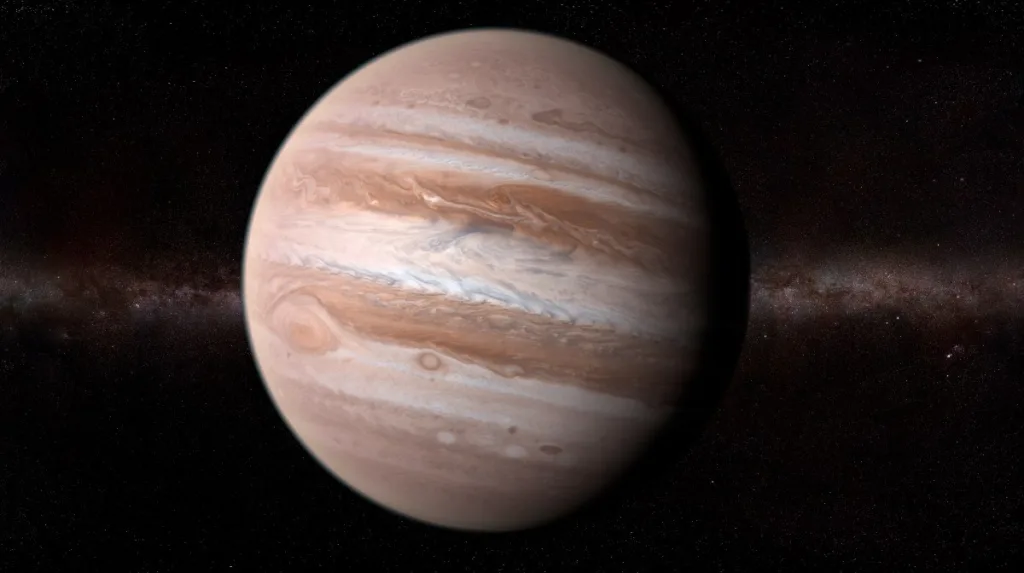
Jupiter, the largest planet in our solar system, has captivated astronomers and space enthusiasts for centuries. Its immense size, colorful bands, and swirling storms make it a celestial wonder worth exploring. In this article, we delve into the fascinating world of Jupiter, uncovering its secrets and shedding light on its enigmatic beauty.
The Giant Among Planets
Jupiter reigns supreme as the king of planets, boasting a diameter over 11 times that of Earth. Its colossal size and massive gravitational influence shape the dynamics of the solar system, influencing the orbits of nearby planets and celestial bodies. As the gas giant of our system, it holds a crucial role in the formation and evolution of the planets.
A Gaseous Giant
Composed primarily of hydrogen and helium, Jupiter lacks a solid surface, making it a gas giant. Its dense atmosphere, punctuated by colorful bands and swirling storms, presents a dynamic and ever-changing landscape for astronomers to study. The planet’s thick atmosphere hosts a plethora of atmospheric phenomena, including the iconic Great Red Spot and numerous other storms and cloud formations.
The Great Red Spot
One of Jupiter’s most iconic features is the Great Red Spot, a massive storm larger than Earth that has raged for centuries. This swirling tempest, fueled by powerful atmospheric forces, serves as a testament to the planet’s turbulent and dynamic nature. Scientists continue to study this enigmatic feature to understand its longevity and the underlying atmospheric processes driving its behavior.
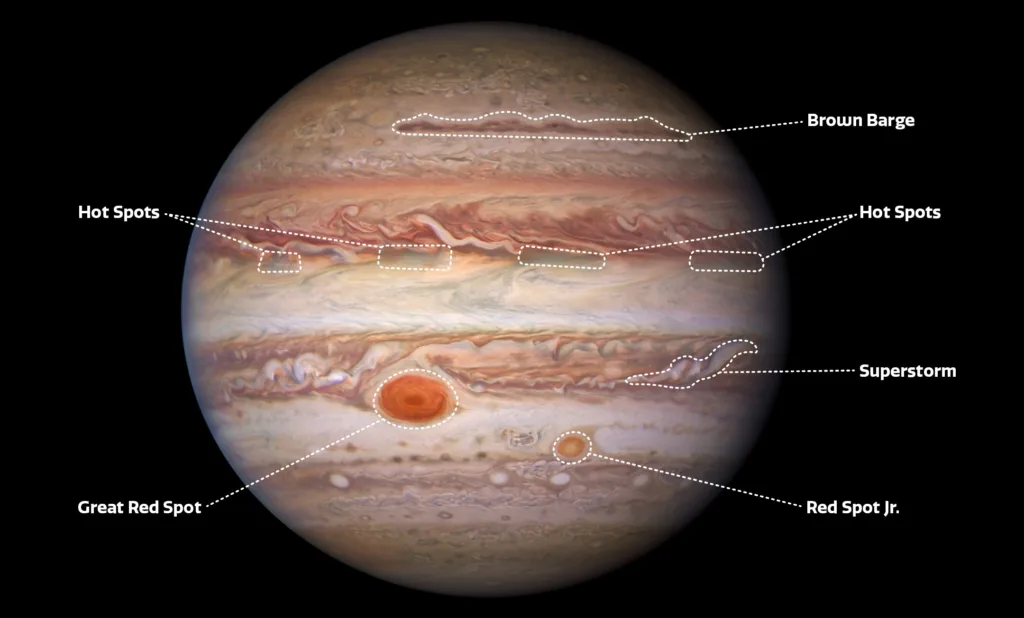
The Moons of Jupiter
Jupiter boasts an extensive family of moons, numbering over 80 known satellites. Among them, the four largest moons – Io, Europa, Ganymede, and Callisto – known as the Galilean moons, stand out for their diverse geology and potential for harboring extraterrestrial life. These moons offer a glimpse into the varied environments and geological processes at work within the Jovian system.
Io: The Volcanic Moon
Io, the innermost of Jupiter’s Galilean moons, is a world of volcanic activity and geological upheaval. Its surface is scarred by numerous volcanoes, some of which erupt with plumes of sulfur and molten lava, creating a surreal and otherworldly landscape. Io’s intense volcanic activity results from tidal forces exerted by Jupiter and its neighboring moons, making it one of the most geologically active bodies in the solar system.
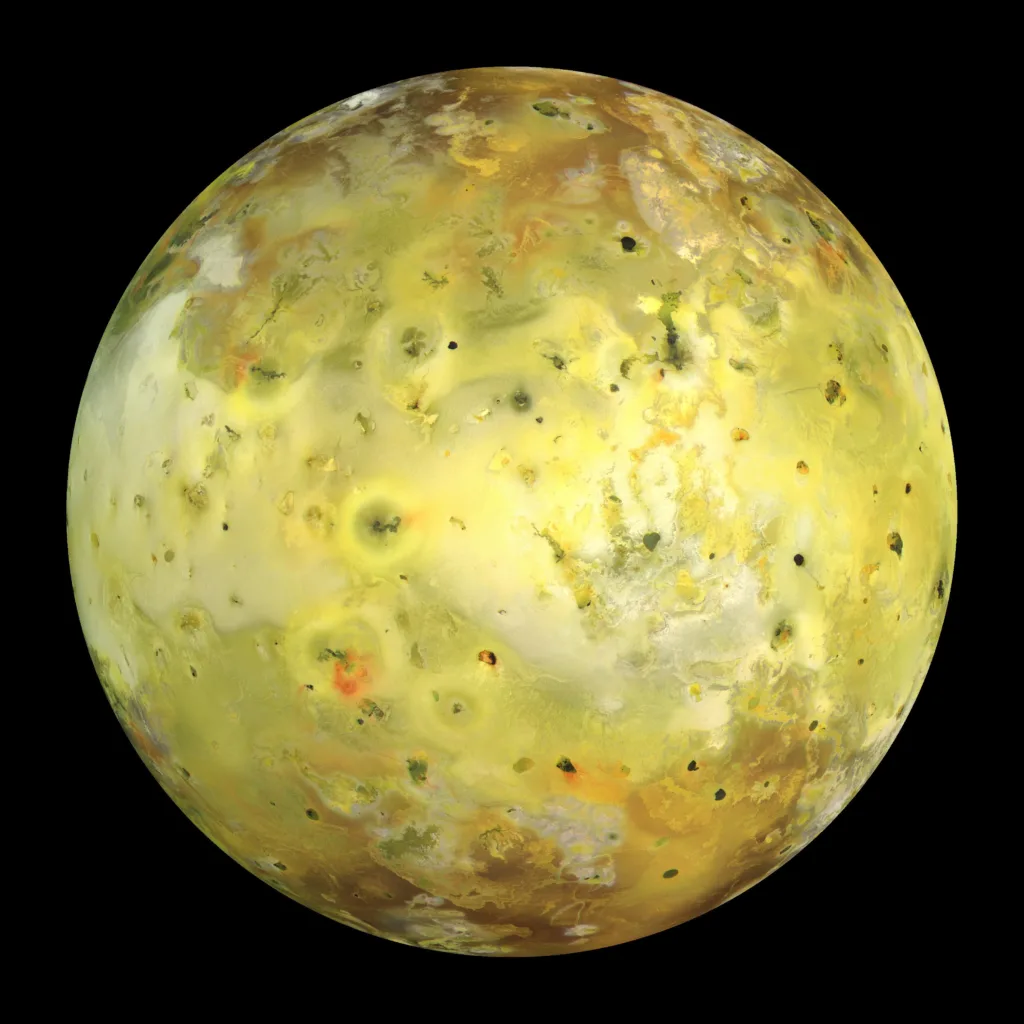
Europa: The Ocean Moon
Beneath its icy crust, Europa hides a global ocean of liquid water, making it one of the most promising candidates for finding extraterrestrial life within our solar system. Scientists speculate that Europa’s subsurface ocean could harbor the ingredients necessary for life to thrive. Recent observations suggest that plumes of water vapor may erupt from Europa’s surface, providing tantalizing clues about the composition and potential habitability of its hidden ocean.
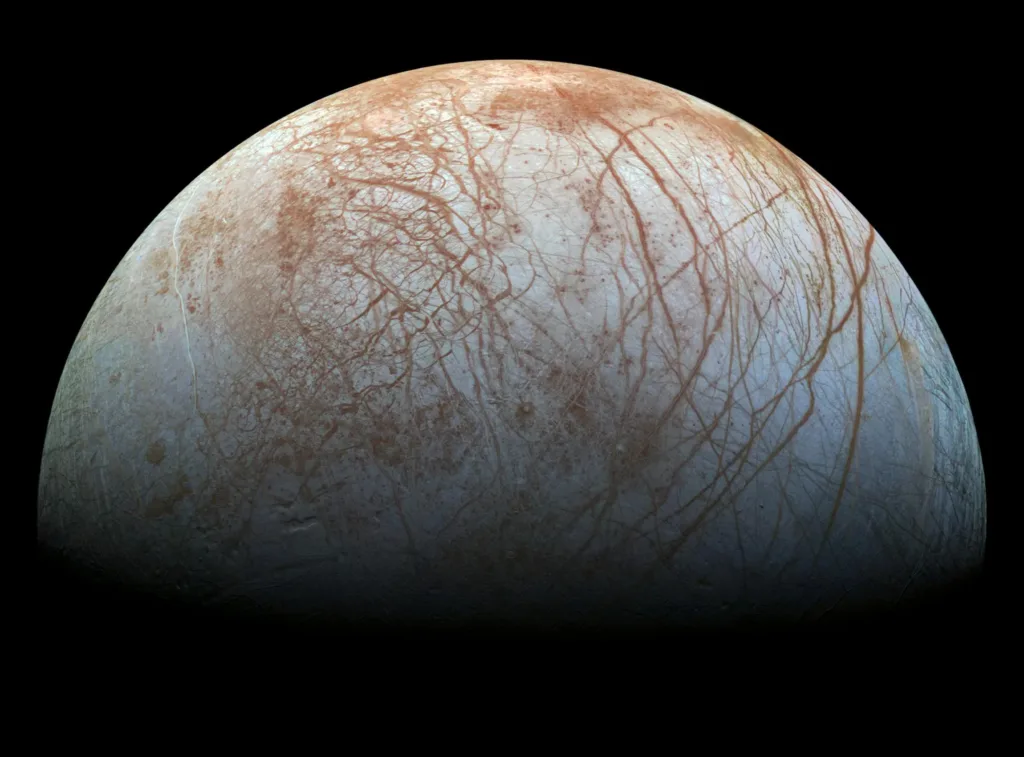
Ganymede: The Largest Moon
Ganymede, the largest moon in the solar system, boasts a complex geology and a diverse terrain marked by impact craters, grooves, and icy plains. Its magnetic field and subsurface ocean hint at a dynamic and geologically active world beneath its icy surface. Ganymede’s unique characteristics make it a target of interest for future exploration missions seeking to unravel the mysteries of its interior and potential habitability.

Callisto: The Ancient Moon
Callisto, the outermost of Jupiter’s Galilean moons, is a world frozen in time, bearing the scars of countless impacts and geological processes. Its ancient surface, littered with impact craters and icy plains, provides valuable insights into the early history of the solar system. Callisto’s pristine appearance and lack of geological activity make it a time capsule of the solar system’s formation, offering scientists a window into the distant past.
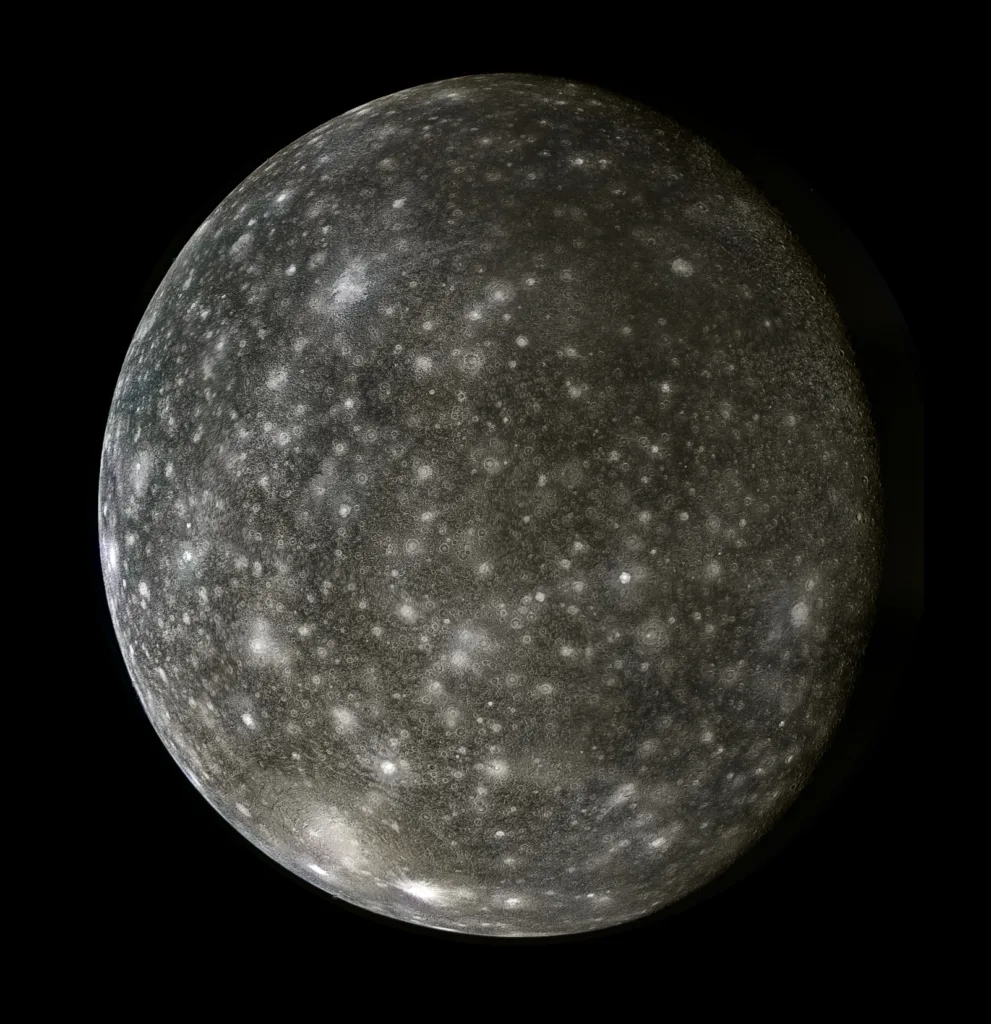
Jupiter stands as a testament to the awe-inspiring complexity and diversity of the universe. From its swirling storms and colorful bands to its extensive family of moons, Jupiter continues to fascinate and intrigue astronomers and space enthusiasts alike. As we unlock the mysteries of this giant planet, we gain valuable insights into the formation and evolution of our solar system, offering a glimpse into the dynamic forces that shape the cosmos.







What’s Going down i am new to this, I stumbled upon this I have discovered It absolutely useful and it has aided me out loads. I’m hoping to give a contribution & aid different customers like its aided me. Good job.